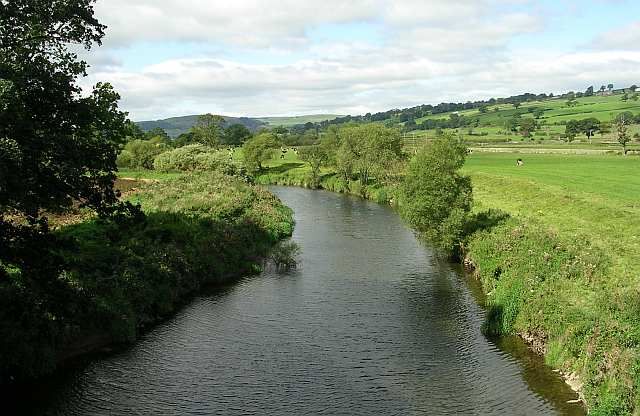Yorkshire Water Develops Infrastructure Scheme to Remove Phosphorus from Rivers
Published on by Water Network Research, Official research team of The Water Network in Government
Yorkshire Water has started a £17m scheme to improve the final effluent released into rivers and becks from four of its sewage plants to help meet environmental targets on phosphorus removal.

River Aire (Image Source: Wikimedia Commons, labeled for reuse)
Waste water treatment process will be improved at Skipton, Gargrave, Foulridge and Earby waste water treatment works to improve the quality of treated water returned to local watercourses including the River Aire and Earby Beck.
As part of the Water Framework Directive, the amount of phosphorus has become a measure of the health of rivers and watercourses.
Phosphorus is a normal part of domestic sewage and ends up at sewage works as it is contained in household products such as shampoo, washing powders and washing up liquid.
The problem with phosphates is when they are at high levels in water bodies, which can trigger algal blooms that block sunlight from reaching lower waters, thereby causing plants to die. As the plants and algae decay they cause depletion of oxygen levels, resulting in fish suffocating.
Mark Allsop, Communications Advisor at Yorkshire Water, said: “By upgrading our waste water treatment processes we will be able to remove more phosphorus so that it is not released into the natural environment where it can negatively impact on aquatic life.”
Yorkshire Water is investing a total of £70m at 16 of its sewage treatment works to improve over 196 kilometres of watercourses to ensure the company exceeds targets to reduce phosphorus levels.
Source: Yorkshire Water
Media
Taxonomy
- Public Health
- Environmental Health
- Water Pollution
- Effluent
- Decontamination
- Industrial Wastewater Treatment
- Waste Water Treatments
- Decontamination
- Wastewater Treatment
- Contaminant Removal
- River Engineering
- River Basin management
- Sewage
- River Restoration
- Infrastructure
- Wastewater Treatment Plant Design
- Efficiency Improvement
- Sewer Networks
- Spill Containment
- Phosphorus Recovery